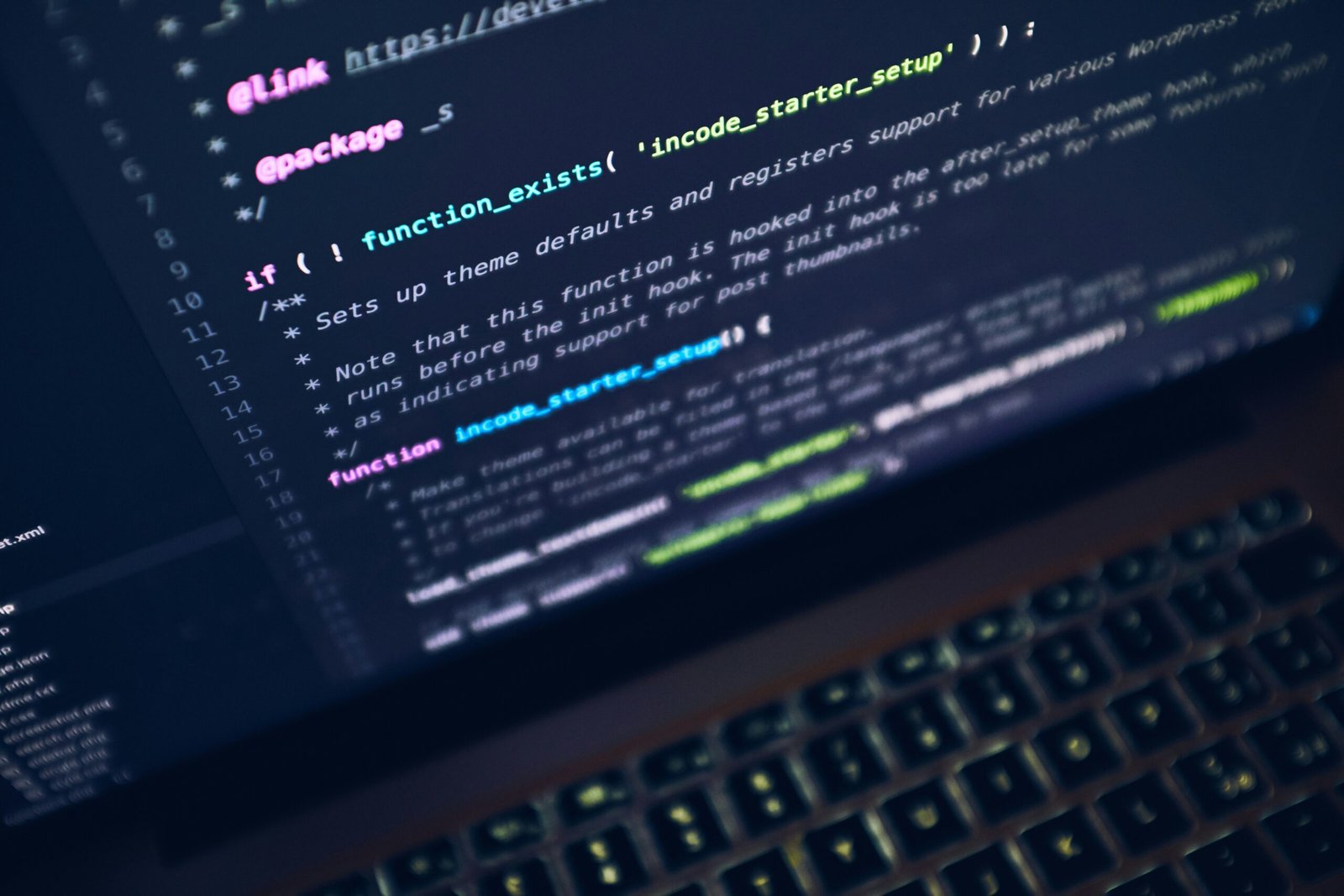The Evolution of Courtroom Technology in 2024
Technology has revolutionized every aspect of our lives, Courtroom Technology and the legal system is no exception. In the year 2024, courtroom technology has advanced in ways that were unimaginable just a decade ago. From virtual reality simulations to AI-powered research tools, the courtroom of today is a far cry from its traditional counterpart. In this blog post, Courtroom Technology we will explore the exciting developments in courtroom technology and how they have transformed the way justice is served.
Virtual Reality in the Courtroom
One of the most significant advancements in courtroom technology is the integration of virtual reality (VR) technology. VR allows judges, jurors, Courtroom Technology and lawyers to experience crime scenes, accidents, or other relevant locations in a fully immersive and realistic way. By putting themselves in the shoes of those involved, Courtroom Technology decision-makers can gain a deeper understanding of the events and make more informed judgments.
For example, in a murder trial, VR can recreate the crime scene, Courtroom Technology allowing the jury to explore it from different angles and perspectives. This technology enables them to visualize the sequence of events and evaluate witness testimonies more accurately. By eliminating ambiguity and providing a comprehensive view of the situation, VR can contribute to fairer and more just outcomes.
AI-Powered Research Tools
Another game-changer in the courtroom is the use of artificial intelligence (AI) for legal research. Gone are the days of sifting through countless volumes of legal texts and precedents. AI-powered research tools can analyze vast amounts of data and provide lawyers with relevant cases, statutes, and legal opinions in a matter of seconds.
These tools not only save time but also improve the quality of legal arguments. By having access to a comprehensive database of legal information, lawyers can strengthen their cases and make more persuasive arguments. AI can identify patterns in legal reasoning and help lawyers anticipate counterarguments, Courtroom Technology enabling them to prepare more effectively.
Remote Court Proceedings
In 2024, the concept of remote court proceedings has become a reality. Thanks to advancements in video conferencing technology, Courtroom Technology it is now possible for lawyers, witnesses, and even judges to participate in court hearings without being physically present in the courtroom.
This development has numerous benefits. It reduces travel time and costs for all parties involved, allowing for more efficient use of resources. Remote court proceedings also increase access to justice, Courtroom Technology as individuals who live in remote areas or have limited mobility can participate in the legal process without facing significant barriers.
However, it is crucial to ensure the integrity and security of remote court proceedings. Robust encryption and authentication measures must be in place to protect sensitive information and prevent unauthorized access. Additionally, steps should be taken to maintain the solemnity and decorum of the courtroom, even in a virtual setting.
Enhanced Presentation Tools
Presenting evidence and arguments effectively is a crucial aspect of any courtroom proceeding. In 2024, presentation tools have become more sophisticated and user-friendly, Courtroom Technology making it easier for lawyers to convey their points convincingly.
One such tool is the interactive touchscreen display. Lawyers can use these displays to present evidence, annotate documents, and highlight key points during their presentations. This technology allows for a more dynamic and engaging courtroom experience, capturing the attention of judges and jurors and facilitating a better understanding of complex information.
Additionally, augmented reality (AR) technology has found its way into the courtroom. With AR, lawyers can overlay digital information onto physical objects, creating interactive and immersive visualizations. This can be particularly useful in cases involving complex scientific or technical evidence, where AR can help simplify complex concepts and make them more accessible to non-experts.
Improved Case Management Systems
Managing a vast amount of case-related information has always been a challenge for legal professionals. However, in 2024, sophisticated case management systems have emerged, streamlining the entire process.
These systems allow lawyers to organize and access case-related documents, evidence, and correspondence in a centralized and secure digital platform. They can track deadlines, manage calendars, and collaborate with colleagues seamlessly. This not only improves efficiency but also reduces the risk of errors and oversights.
Furthermore, advanced analytics capabilities within these systems enable lawyers to gain insights from past cases and identify trends. This information can inform their strategies and help them make more informed decisions. By harnessing the power of data, lawyers can enhance their legal arguments and increase their chances of success.
The Future of Courtroom Technology
The advancements in courtroom technology that we have witnessed in 2024 are just the beginning. As technology continues to evolve, so too will its impact on the legal system. Here are some potential future developments:
Blockchain for Secure and Transparent Legal Proceedings
Blockchain technology has the potential to revolutionize the legal industry by providing secure and transparent legal proceedings. By creating an immutable and decentralized record of court proceedings, blockchain can enhance trust and reduce the risk of tampering or fraud.
AI-Powered Predictive Analytics for Case Outcomes
AI-powered predictive analytics can analyze vast amounts of legal data and identify patterns that can help predict case outcomes. By considering factors such as judge history, case precedents, and legal arguments, these tools can provide lawyers with valuable insights and assist in making strategic decisions.
Enhanced Security Measures for Remote Court Proceedings
As remote court proceedings become more prevalent, it will be essential to continually improve security measures. This may include the use of biometric authentication, secure video conferencing platforms, and advanced encryption techniques to ensure the confidentiality and integrity of virtual courtroom proceedings.
Conclusion
The evolution of courtroom technology in 2024 has transformed the way justice is served. From virtual reality simulations to AI-powered research tools, these advancements have improved the efficiency, accessibility, and fairness of the legal system. As technology continues to advance, we can expect even more exciting developments in the future, shaping the courtroom of tomorrow.
